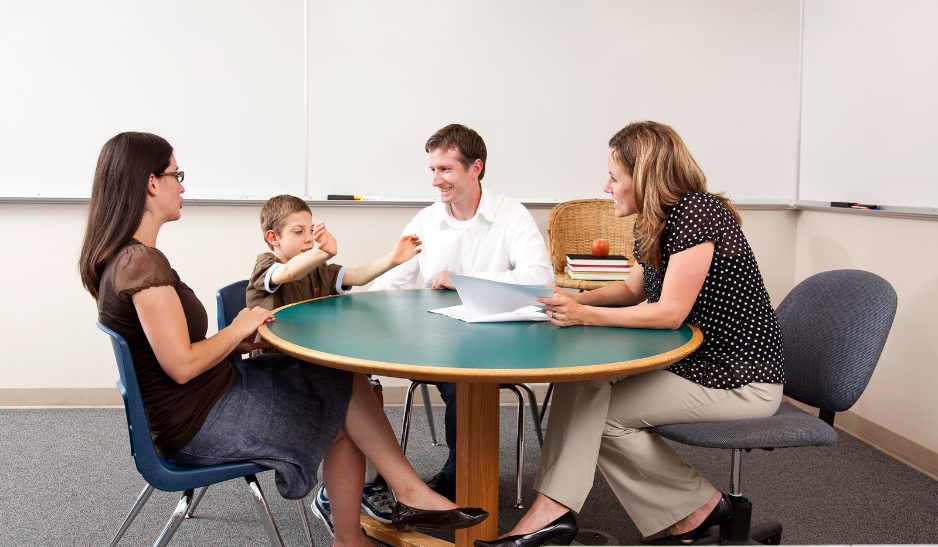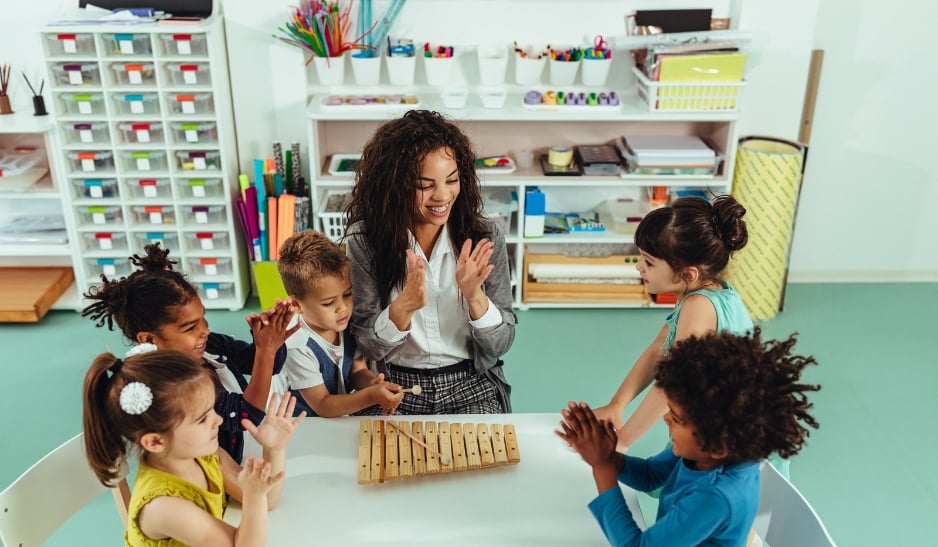10 Effective Strategies for Improving School Communication for Success

10 Effective Strategies for Improving School Communication for Success
Education is the cornerstone of our future, a dynamic system that molds young minds, preparing them for the challenges and opportunities that lie ahead. The robustness of this system is determined by many factors, among which communication holds a prime spot. Effective communication in education is more than just the transfer of information; it is a powerful tool that bridges the gap between teachers, students, and parents. It not only facilitates learning but also fosters a sense of community and shared purpose. This blog aims to explore this vital aspect of education, offering a deep dive into the strategies that can make school communication more effective and transformative.
Understanding and implementing these strategies is crucial for every stakeholder in the educational landscape. Be it educators striving to provide a conducive learning environment, parents keen on participating in their children's educational journey, or school administrators working to create a harmonious educational ecosystem. This blog offers a comprehensive guide to help all these stakeholders. With the ten strategies discussed herein, we aim to transform school communication, making it a pillar of success for our students.
Why Effective Communication Matters in Education
Communication is the lifeblood that pumps vitality into the heart of a school community. It is the intricate network of interactions that fosters an environment conducive to the holistic growth and development of every student. But why is school communication so critical? The answer lies in the power of communication to shape perceptions, create understanding, and build relationships.
Effective school communication shapes the perceptions of students, parents, and staff about the school and its values. It is the lens through which the school conveys its mission, vision, and values to its community members. The way a school communicates sends a message about what it values and prioritizes. Is it academic excellence, inclusivity, creativity, or community service? The messages a school communicates help to build its identity and culture.
Moreover, communication is the cornerstone of understanding and collaboration. It's how the school listens and responds to the concerns, ideas, and feelings of its community members. Through effective communication, the school can understand the unique needs of its students and adapt its teaching practices accordingly. It's the key to fostering relationships between students, teachers, and parents.
Yet, despite its significance, this vital component of the educational ecosystem often faces challenges. Misunderstandings can arise from unclear messages, cultural differences can lead to misinterpretations, and the lack of a platform for open dialogue can result in a breakdown of communication. These challenges underscore the importance of effective school communication. It is not a one-off effort but a continual process of transmitting, receiving, and understanding information. Addressing these challenges necessitates strategic action, and with the right strategies, we can turn communication into a powerful tool for promoting student success, fostering community engagement, and creating an inclusive, engaging learning environment.
10 Strategies for Improving School Communication
In the quest to enhance school communication, we must consider a range of strategic approaches. The following ten strategies offer a comprehensive approach, addressing different facets of communication. They involve opening clear communication channels, keeping stakeholders updated, fostering transparency, leveraging EdTech, encouraging parental involvement, facilitating student participation, acknowledging cultural diversity, encouraging collaborative decision-making, assessing and improving communication continually, and incorporating positive behavior support.
1. Open Channels of Communication
Promoting community engagement begins with keeping communication channels open and accessible. Establishing diverse platforms such as newsletters, emails, school apps, and regular parent-teacher meetings ensures everyone in the community has a preferred method of communication. This approach not only facilitates information flow but also builds a strong bond between the school and its community.
2. Regularly Scheduled Updates
Predictable communication fosters trust and connection. Regularly scheduled updates about academic progress, school events, and policy changes keep parents and students in the loop. It helps them feel part of the school journey, encouraging more active participation and ensuring everyone is aligned with the school's objectives.
3. Transparency and Honesty
Honesty is the cornerstone of trust, leading to a supportive environment. Embracing transparency in sharing school achievements, challenges, and plans, fosters an open and honest dialogue. This approach establishes a strong foundation of trust, contributing to a sense of community and positive behavior support.
4. Use of Technology (EdTech)
In the digital age, EdTech is an integral part of school communication. Utilizing various platforms such as parent portals, mobile apps, and learning management systems, schools can streamline and enhance communication. These tools not only facilitate quick, clear communication but also promote active engagement and interactive learning.
5. Encouraging Parental Involvement
Parental involvement is a key element of a supportive educational community. By providing avenues for active participation, like interactive workshops, family nights, or volunteering opportunities, schools can foster stronger relationships between staff and families. This connection plays a significant role in supporting positive behavior and boosting academic success.

6. Student Participation in Communication
Students are at the heart of the educational system. Their active involvement in the communication process, through feedback sessions, student councils, or suggestion boxes, can provide invaluable insights. It can help to adapt and improve school policies, fostering an environment where students feel valued and engaged.
7. Cultural Sensitivity and Inclusivity
Inclusive education extends to respectful and considerate communication that acknowledges and appreciates cultural diversity. Implementing culturally sensitive and inclusive communication strategies ensures that students and parents from diverse backgrounds feel understood, welcomed, and a valued part of the school community.
8. Collaborative Decision Making
Effective community engagement is built on the premise that everyone's opinions matter. Involving all stakeholders in decision-making processes enhances the sense of ownership and unity within the school. This collaborative approach can lead to more effective and accepted policies and programs, further strengthening the school community.
9. Continual Assessment and Improvement
A successful communication strategy is one that continually evolves. Through regular assessments, such as surveys or informal feedback sessions, schools can identify areas that need improvement. This proactive approach helps in refining communication strategies, making them more effective and responsive to the community's needs.
10. Positive Behavior Support
Positive behavior support is a proactive, communication-centric approach that fosters an environment conducive to learning. By providing regular positive feedback and acknowledging good behavior, schools can cultivate a positive culture. This strategy motivates students, enhances school-wide discipline, and enriches the overall educational experience.
Each of these ten strategies serves as a pillar, supporting a robust structure of school communication. By opening channels of communication, being transparent, harnessing technology, involving parents and students, being sensitive to cultural differences, making decisions collaboratively, continually improving, and supporting positive behavior, we can transform our school communities. These strategies pave the way towards an inclusive, engaging educational environment where every voice matters, leading to a more successful and fulfilling educational journey for all stakeholders.
Conclusion
School communication is a vital component of a thriving educational environment. By implementing these strategies, schools can foster community engagement, leverage EdTech, promote inclusive education, and build positive behavior support, setting students up for success. As educators, let's commit to creating a vibrant, inclusive, and engaging school community where every voice is heard, and every opinion matters.
In this journey towards effective school communication, Curacubby can be your partner. Our suite of tools is designed to enhance the educational experience, helping schools streamline their processes so they can focus on what truly matters - the students. With Curacubby, you can spend more time fostering communication and less time on administrative tasks, making education a more enriching experience for all.









